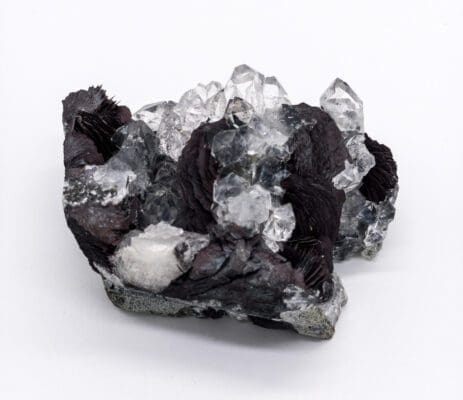Monthly Archives: August 2022
Mystical World of Crystals: Enhance Your Life and Space
Crystals are used in many different ways. Some people use them as a way to [...]
10
Aug
Aug
Understanding Crystal Formation: Nature’s Marvelous Process
Crystals are beautiful and fascinating naturally occurring objects. They form in different ways according to [...]
08
Aug
Aug


